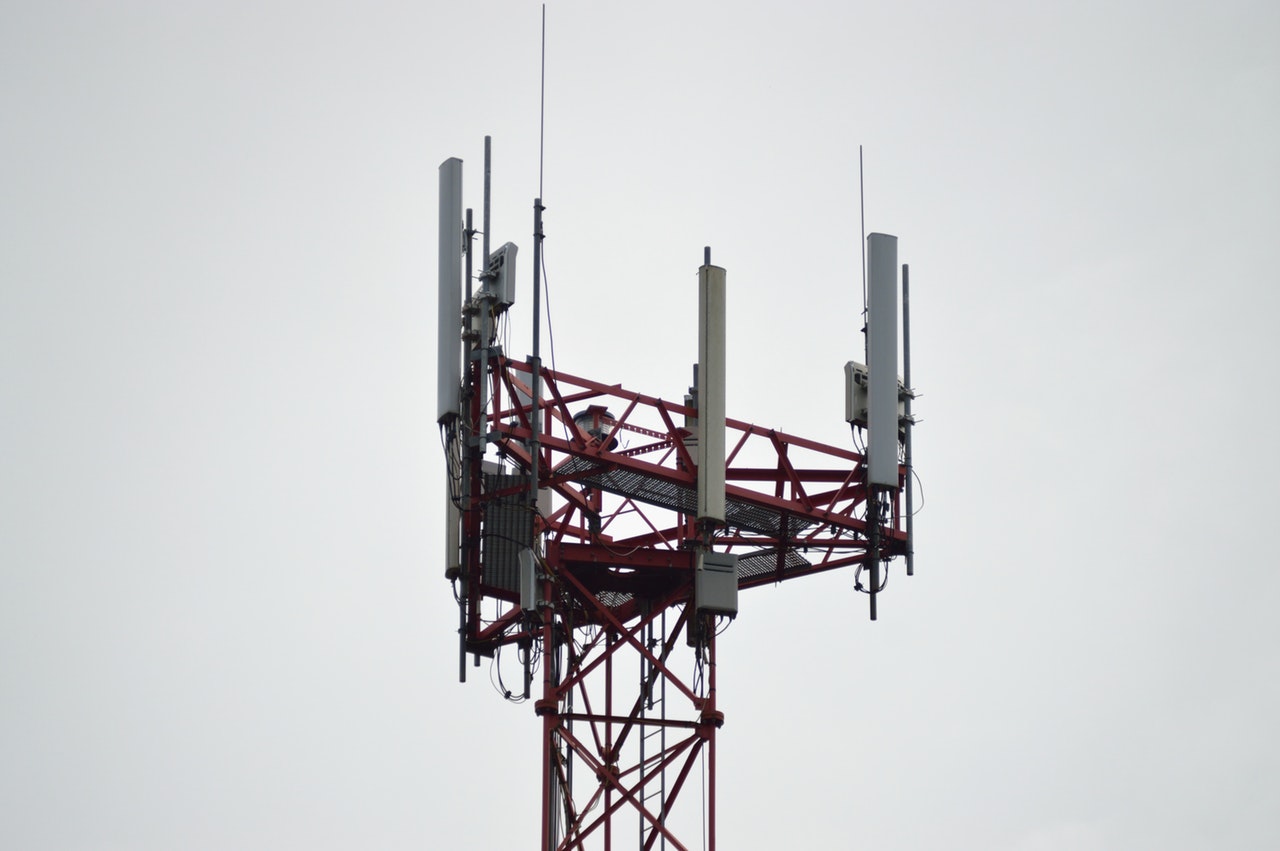If you've ever wandered through a town and spotted tiny mini 5G cell towers on street light poles. They look like little boxes, but they're actually broadcasting wireless signals from cellular providers to your phone.
The smaller ones are being replaced by the larger built cell towers. While they're less noticeable however, they could create issues for users.
It is the FCC's Radiation Exposure Thresholds
The FCC's Radiation Exposure Thresholds establish the safe distance that an individual can be exposed to electromagnetic energy generated by wireless devices. The limits for exposure are based upon scientific research which show that the energy of RF could cause harm to health.
The rate of absorption called the specific absorption rate (SAR) is an indicator of the radiofrequency energy absorbed by tissue. faraday cage hat is typically 1.6 watts per kilogram, calculated over one kilogram of tissue.
However, because 5g transmits at higher frequencies, it has the potential to increase the intensity of energy on the skin and other exposed body parts. This can lead to many potential harms, including exacerbated the development of skin conditions like dermatitis, skin cancer and cataracts.
Because of the potentially harmful effects of radiation from 5G, PSU has chosen to establish a general, localized maximum power density of four MW/cm2 averaged over 1 cm2, but not to exceed 30 minutes for all 5G services at 3000 GHz. This localized limit is consistent with the maximum spatial-average SAR of 1.6 W/kg, which is averaged over 1 5 grams of body tissue, at 6 GHz.
The FCC's Maximum Exposure Thresholds
If you've ever used a mobile phone, you probably know that the safest distance from the tower should be at least 400 meters away. faraday hat is because the power of transmission from a cell tower increases dramatically the farther you are from it.
While it sounds like a good idea however, people living in close proximity to towers could be more susceptible to health problems. For instance, a study conducted in 2014 in India found that residents who lived within 50 meters of cell towers experienced significant more health issues than those who were distance from them.

But, the study revealed that those who relocated into areas farther away from cell towers experienced their symptoms improve within a few days. Another study has revealed that exposure to high frequencies of radiofrequency electromagnetic fields (EMFs) can cause brain tumors, cancers, and other health problems.
This is because RF radiation, which is used in wireless communication, can penetrate the human body's exterior layer, which is the skin. This is important to understand because the skin serves as a protective barrier against mechanical injury, infection by pathogenic microorganisms, and entry of toxic substances. The skin is the largest organ in the human body, and is responsible for protecting other organs.
The FCC's Minimum Exposure Thresholds
The FCC's Minimum Exposure Thresholds rely on many assumptions that aren't supported by scientific research. This includes the false belief that short-term exposures RF radiation are safe because of the minimal radiation penetration in the human body (i.e. thermal heating of tissue).
This assumption does not take into account the deeper penetration of the ELF elements of modulated radio signals as well as the effects on the body of short bursts caused by RF pulses. These theories are not compatible with current understanding of the biological effects of RF radiation. Therefore, faraday cage hats should not be relied upon for health-protection exposure guidelines.
Additionally there is the fact that both ICNIRP and FCC restrict the maximum limits of exposure to peak local SARs based on the maximum speed of spatial absorption (psSAR), which can be described as not a reliable dosimetric instrument to determine the degree of radiation exposure. In particular, psSAR is inaccurate for frequencies that exceed 6 GHz. Additionally, psSAR hasn't been tested for RF radiation that is exposed to other environmental agents , such like sunlight. The interactions of RF radiation and other agents in the environment could cause synergistic or antagonistic effects. This can lead to the risk of having adverse health consequences. For example, exposure to RF radiation and sunlight could cause an increase in the incidence of developing skin cancer and exacerbate other skin conditions like acne.
